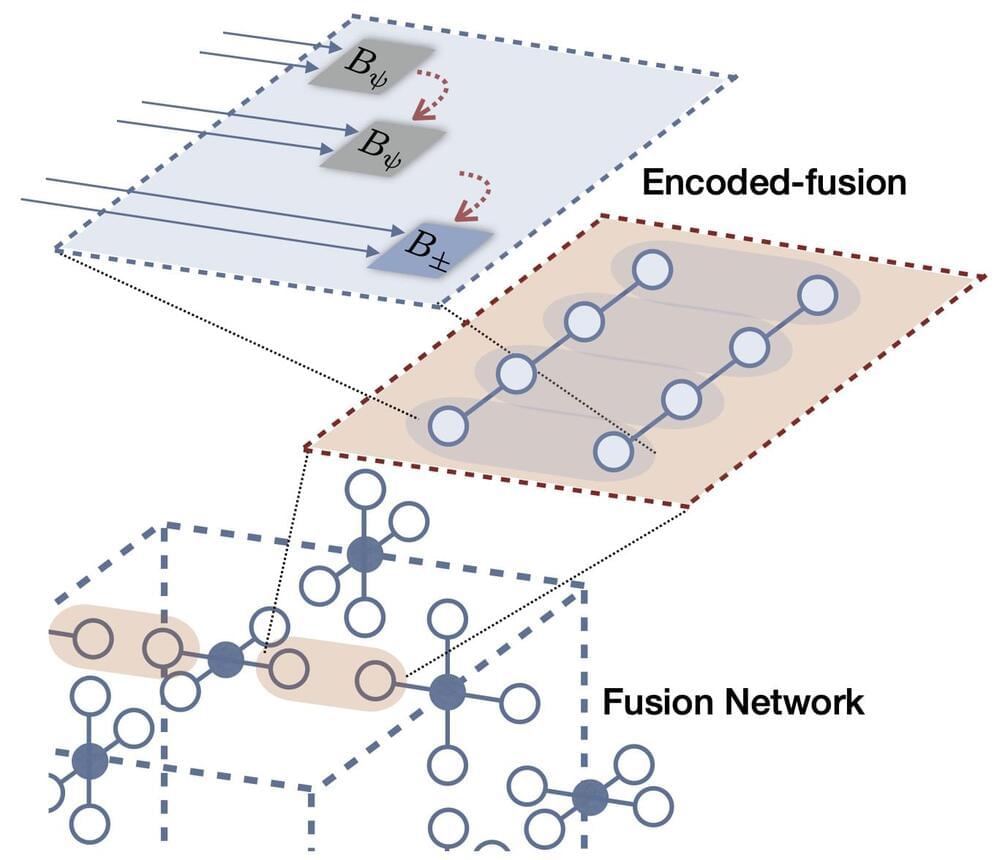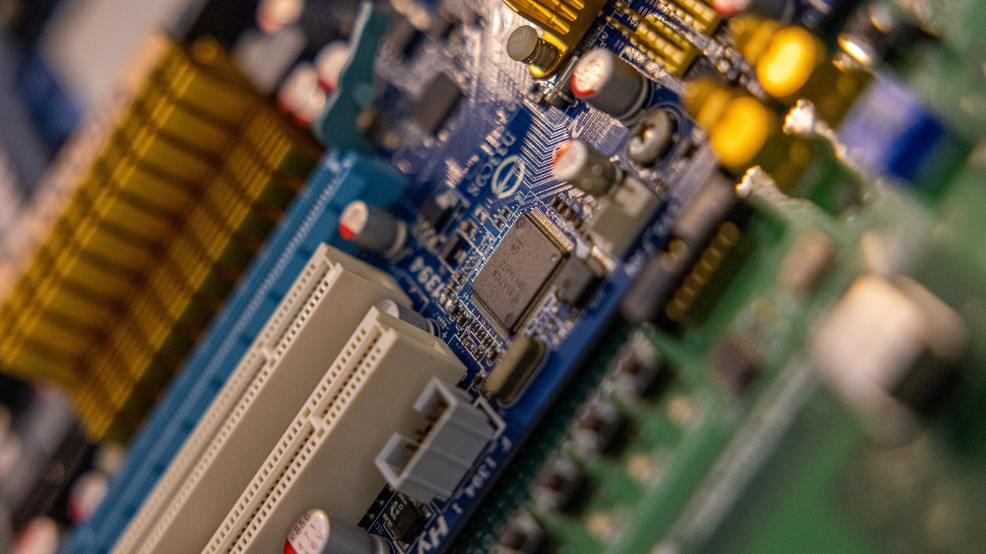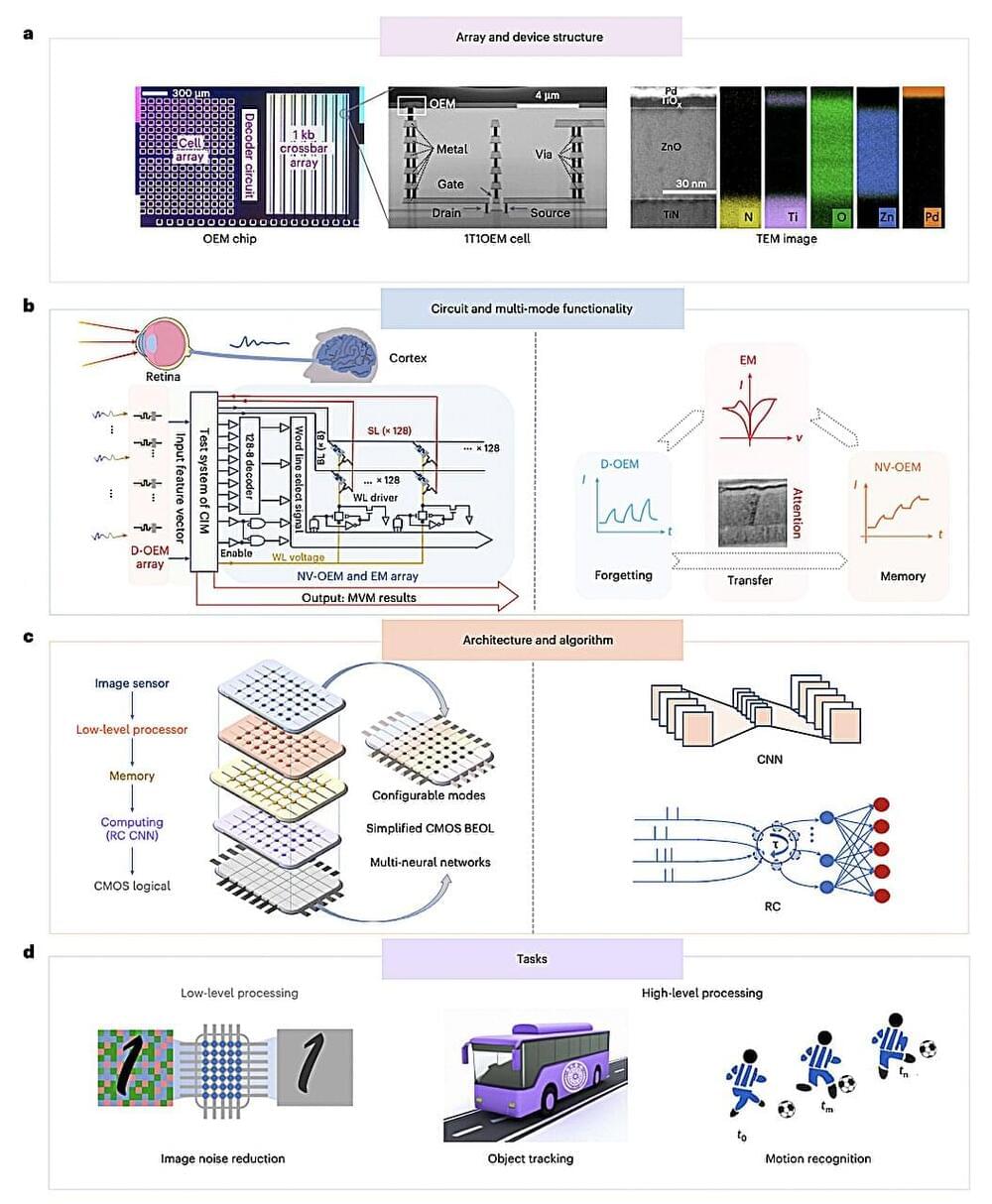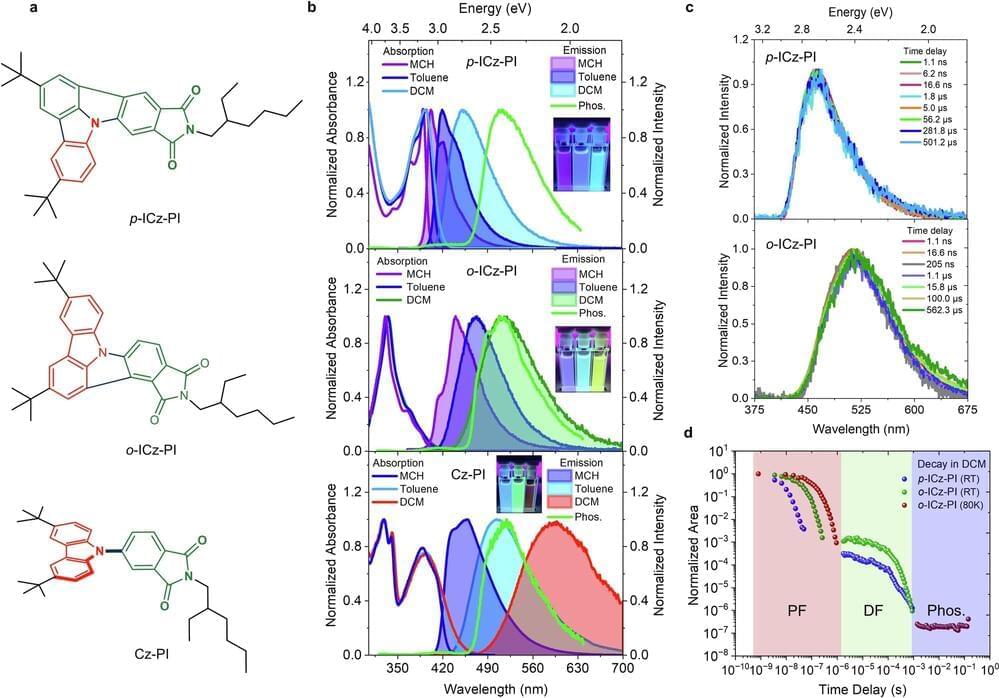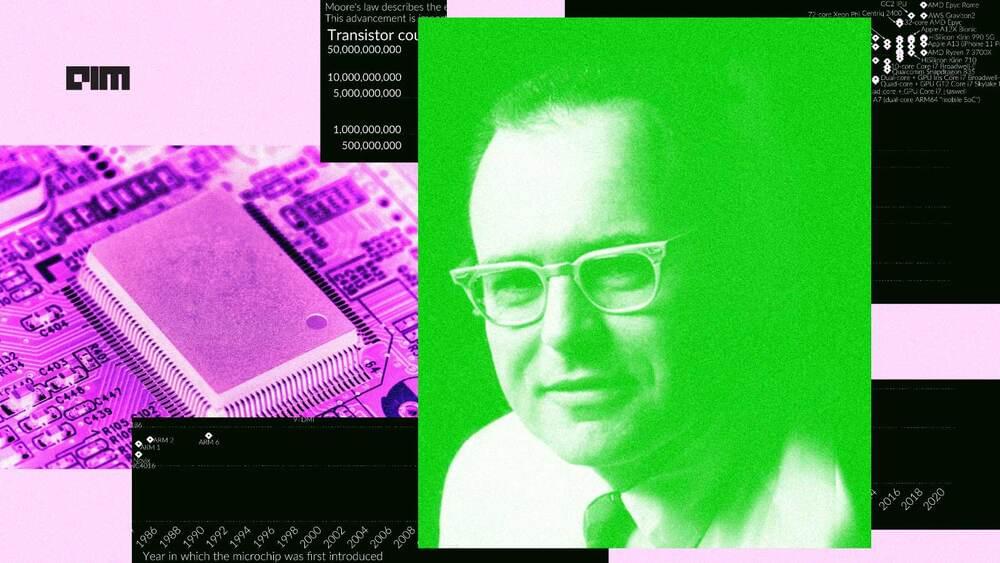Nov 24, 2024
Developed proprietary quantum error correction technology beyond the world’s leading quantum computing companies
Posted by Omuterema Akhahenda in categories: computing, information science, quantum physics
Dr. Seung-Woo Lee and his team at the Quantum Technology Research Center at the Korea Institute of Science and Technology (KIST) have developed a world-class quantum error correction technology and designed a fault-tolerant quantum computing architecture based on it.
- Quantum error correction is a key technology in the implementation and practicalization of quantum computing.
- Groundbreaking quantum error correction technology contributes to the development of K-quantum computing deployments.
